Contents
- 1 14. Superman and the Mole Men (1951)
- 2 13. Superman (1948)
- 3 12. Justice League (2017)
- 4 11. Atom Man vs. Superman (1950)
- 5 10. Superman III (1983)
- 6 9. Superman IV: The Quest for Peace (1987)
- 7 8. Superman Returns (2006)
- 8 7. Superman (2025)
- 9 6. Superman II (1980)
- 10 5. Zack Snyder’s Justice League (2021)
- 11 4. Batman v Superman: Dawn of Justice (2016)
- 12 3. Superman II: The Donner Cut (2006)
- 13 2. Man of Steel (2013)
- 14 1. Superman (1978)
For nearly 90 years, Superman has been the archetypal superhero — a man of extraordinary ability, with warm, handsome features, dressed like a heroic strongman. He has the entire starter pack of classic and enviable superpowers: flight, superstrength, superspeed, X-ray vision, and a secret identity so mild-mannered that no one believes their dorkish newsroom colleague could possibly be a titan from another world. Since Superman debuted in Action Comics No. 1 (the creation of writer Jerry Siegel and artist Joe Shuster), dozens of superheroes have been created in direct response to his in-universe and real world cultural dominance. What’s uncommon about Superman is that he exists not just as a character – Kal-el, the Last Son of Krypton, raised in secret by Kansas farmers – but as a paradigm and reference point of what a superhero even is. This cultural ubiquity and familiarity means that the last couple of decades have led to the dominance of nicher, B-tier comic book characters who can claim a novelty and specificity that Superman can’t – at least not in the mind of the movie-going public.
James Gunn’s Superman has the high-stakes task of righting the ship of DC’s former failed cinematic universe and being accepted by a blockbuster audience fatigued by comic book movie overexposure. But what about Superman overexposure? Thirteen other Superman films have preceded this new iteration, and each of them charts a different unique moment in the superhero film canon: converting comic book chapters into cheap episodic escapism; inventing the comic book blockbuster with the theatrics of classic Hollywood; and using the ultimate comic-book poster boy as the spark to light an interconnected superhero franchise. So which Superman comes out on top? We ranked every live-action Superman film (sorry to the animated films and TV dramas) to put Gunn’s Superman to the test.
14.
Superman and the Mole Men (1951)
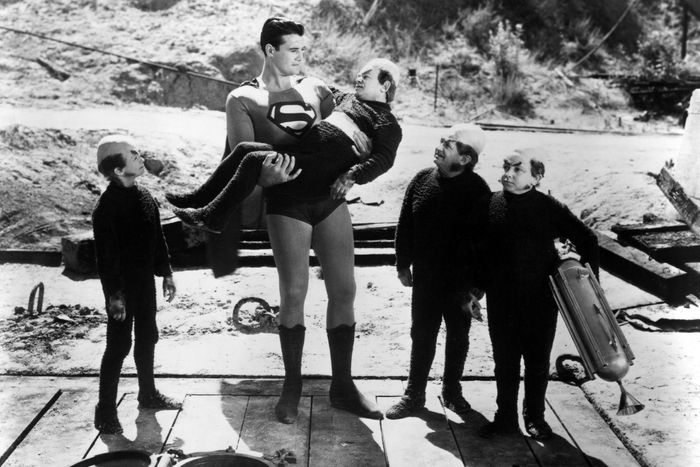
Photo: Everett Collection
This is the first theatrical feature-length film featuring Superman (or to adapt any DC Comics character, for that matter), but considering that Man of Steel had already been seen in two movie serials and 17 animated shorts produced by Fleischer Studios, and this is a 58-minute film with the production value of a low-rent TV drama, its historical significance is more of a technicality. Mole Men never escapes the fact that it’s an extended pilot for the George Reeves Adventures of Superman series. Clark Kent and Lois Lane (Phyllis Coates) arrive in a small town to report on the world’s deepest oil well, which is handy for the town because the well is home to subterranean creatures and Clark Kent is secretly Superman. It’s a creaky, sub-B-movie hour of moral division and very few Superman hijinks; this early Superman adventure suffers from the fact that the scope is so minor that someone else probably could have handled it.
13.
Superman (1948)
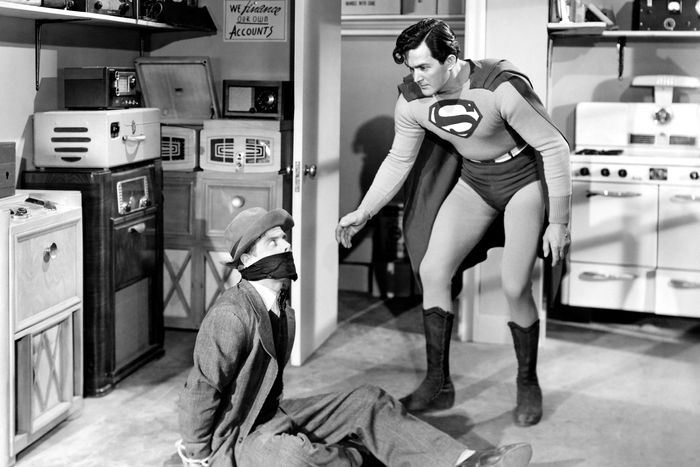
Photo: Everett Collection
Maybe this 15-chapter movie serial charting Superman’s first battle against the forces of evil hit a lot harder in 1948, but given that it can no longer be watched in tantalizing 15-minute chunks at the same movie theater over a quarter of a calendar year, we have little choice but to rank it so modestly. The opening stretch of this four-hour serial is very promising: a corny but competent episodic exploration of Kal-el coming to Earth, growing up with sweet country parents, and fighting crime and reporting stories alongside a snappy, ambitious Lois Lane (Noel Neill) in the most Los Angeles–looking Metropolis ever committed to film. By the halfway point, when the vampy, non-comic villainess Spider Lady (Carol Forman) takes over the narrative, the plot gets repetitive and the temptation to skip over the next few Saturday screenings becomes overpowering.
12.
Justice League (2017)
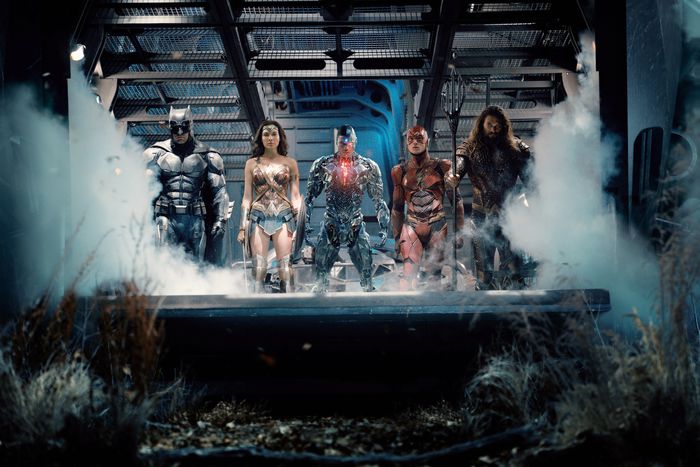
Photo: Clay Enos/Warner Bros./Everett Collection
A hatchet-job blockbuster that, along with generating piecemeal gossip about a troubled production and serious accusations of misconduct, triggered waves of fan conspiracy and aggressive online campaigning to release Zack Snyder’s version that felt less like calls to protect the artistic process and more like hooligan fans asserting the dominance of their team. The Snyder bros were a particularly noxious (and inevitable) example of internet fandom, but the theatrical cut of this team-up film from the DC Extended Universe (the official title of the cinematic universe that started with Man of Steel and ended with Aquaman 2, not to be confused with Gunn’s DCU, the DC Universe) was indeed awful — a compromise of the somber but expressive world of Snyder’s previous work thus far, now featuring ugly visuals, an airless atmosphere, and a deluge of facile quips. You don’t want to botch the world’s first Justice League movie. Even if Superman feeling like a brand-new, two-dimensional entity doesn’t put you off, that digitally erased mustache is still pretty egregious.
11.
Atom Man vs. Superman (1950)
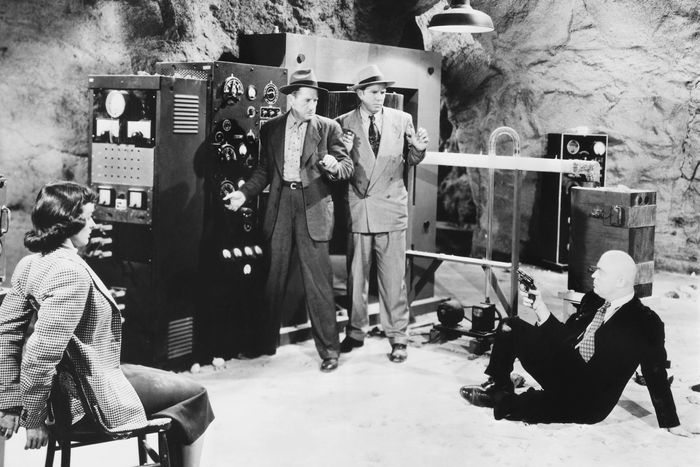
Photo: Everett Collection
The second serial starring Kirk Alyn as the Last Son of Krypton is a step up from the first one despite boasting similarly repetitive plotting and occasionally reusing its footage. That’s because instead of a Spider Lady, we have Lex Luthor making his screen debut — 75 years to the month that Nicholas Hoult takes over the role. Lyle Talbot gives a steely and moody version of Lex with zero of the eccentricities you can see in Jesse Eisenberg’s take on the character, a good match for Alyn’s version of Superman: unrefined, but still capturing a winning and cheeky Boy Scout energy. By necessity, these serials are limited in their superpowered antics; Superman’s abilities are shown with an animated version of Superman composited onto shots of the sky, crossfading between exteriors and interiors to demonstrate X-ray vision, and speeding up footage to show his advanced speed and strength. These effects are charming in how they creatively work around the production’s strained resources, but they become tiresome when deployed a dozen times each throughout the serial.
10.
Superman III (1983)
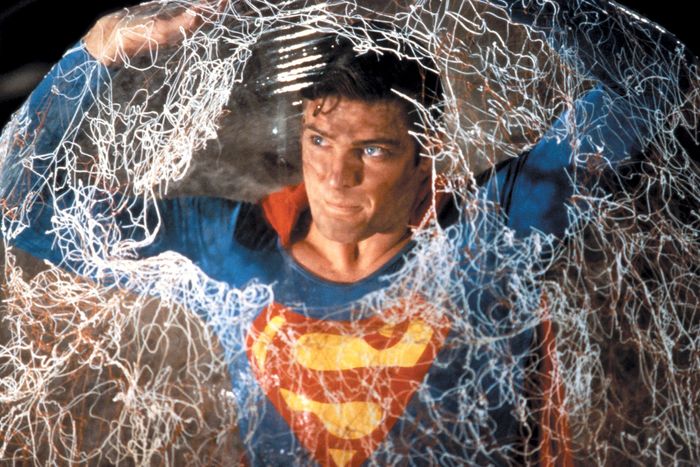
Photo: Warner Bros./Everett Collection
No, the worst Christopher Reeve Superman film is not the embarrassing Cannon Films installment but rather the one featuring a world-class comedian, a woman turning into a computer, and a terrific junkyard battle between Clark Kent and his belligerent jerk doppelganger. Superman III starts well — Superman’s Smallville homecoming and the origin story of Gus Gorman (Richard Pryor), a computer expert con artist, are cute without exactly being compelling. But the film is far too laboured and obnoxious to justify its two-hour runtime. Director Richard Lester (best known for his Beatles and Musketeers movies) aims for broader laughs and thrills in his first uncomplicated gig directing a Superman film. Some of the antics succeed, but the film does not feel like it was borne from a love of all things Superman. It’s further hurt by the fact that Gene Hackman did not return as Lex Luthor and Margot Kidder’s Lois Lane appears only in short bookend scenes (both actors have denied rumors of a feud with producers Alexander and Ilya Salkind over the sequel). Hokey, unsophisticated, and overlong, Superman III does not meet the bar set by the prior Reeve films, offering only strictly modest superpowered entertainment.
9.
Superman IV: The Quest for Peace (1987)
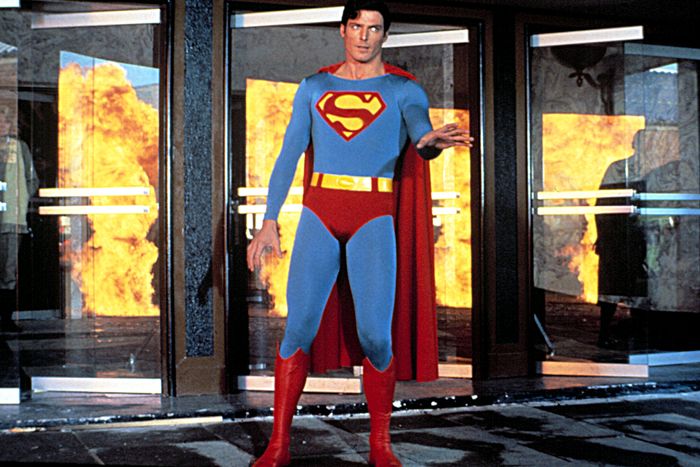
Photo: Everett Collection
Two things can be true at once: Superman IV: The Quest for Peace is bad, but it is also a watchable car crash. A sub-90-minute concoction of untempered, borderline farcical performances in what was the most rinky-dink superhero film to date, incorporating earnest calls for global peace — yes, it’s basically the Birdemic of superhero movies. The main appeal is that Gene Hackman and Margot Kidder return: Lois is involved in a nonsense plot about the Daily Planet being taken over by a Rupert Murdoch type whose daughter (Mariel Hemingway) is crushing on Clark Kent, leading to an attempted double date with Lois Lane and Superman. Elsewhere, Lex and his nephew Lenny (Jon Cryer) combine a strand of Superman’s hair with an explosion of every nuclear weapon to create Nuclear Man (Mark Pillow), a pro-wrestler-like villain who partakes in some of the weakest and most baffling comic-book action ever conceived. No doubt the business moguls at the Cannon Films Group intended to make some easy merchandise money from an original villain character, but in typical Golem-Globus fashion, the released film was such a budget-diminished mess that studios and audiences turned their backs on Superman for years.
8.
Superman Returns (2006)
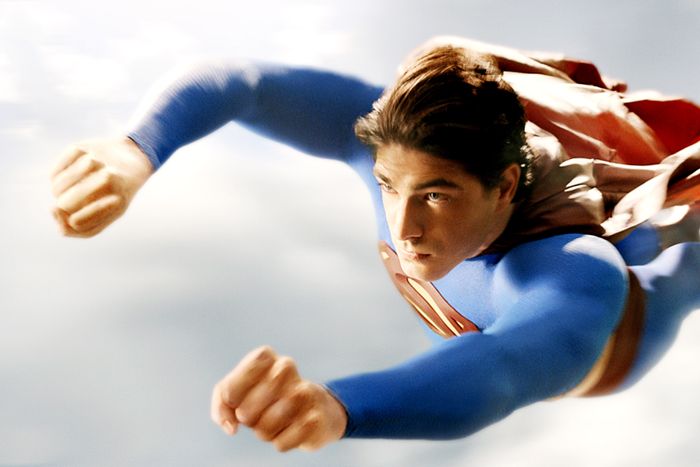
Photo: Warner Bros./Everett Collection
On paper, there’s nothing wrong with making a purposefully not-fun extension of the Donner films, but Superman Returns never truly escapes the strangeness of creating a mournful victory lap of films that the director and cast had nothing to do with. That cast does strong work — Brandon Routh’s Superman has a certain sweetness and emotional gravitas, but it pales in comparison to Reeve’s wit and dual-performance physicality (maybe more a fault of the project than the actor). The Daily Planet team (played by Kate Bosworth, Frank Langella, Sam Huntington, and James Marsden) get plenty of opportunities to inflect the hot-tempered newsroom with a sense of real melancholy in the wake of Superman’s prodigal return to the city he fled to seek out his people in the depths of space. Apart from boasting a higher amount of disgraced leading talent than most superhero films (Kevin Spacey directed by Bryan Singer!), Superman Returns is notable for being a slow, nostalgia-led superhero movie at a time where the genre was about to level up with fresh and smartly made spectacle. Do you think the Superman Returns team saw Batman Begins the year before and quietly started panicking?
7.
Superman (2025)
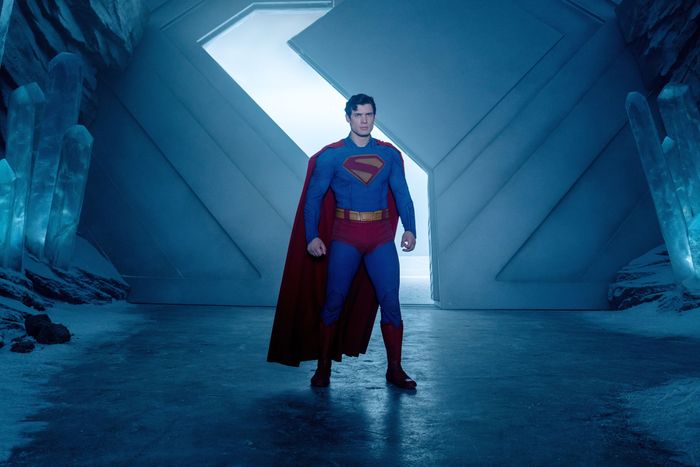
Photo: Jessica Miglio/Warner Bros./Everett Collection
James Gunn’s Superman is a little at war with itself: a reset for the cluttered big-screen legacy of the Man of Steel, but also the launchpad for half a dozen other comic-book characters. It’s a wild cosmic romp with monsters and metaphysical dimensions, but it also wants to ground itself in why Superman matters to ordinary people. Gunn seems interested in exploring Superman through how he learns from his core relationships, but the film is so jam-packed with names and faces that the Man of Steel spends very little time with those who matter to him the most, like Lois Lane or his Kansas parents. David Corenswet excels, giving easily the second-best performance of Superman on film. His Kal-el is lively, kind, and emotional, but also frustrated, always on the backfoot, and stumbling over his attempts to articulate the ethos of his superpowered alias. Gunn should be rewarded for expanding his blockbuster ambitions, but the demands of making five superhero movies in a row — not to mention the responsibility of igniting an entire franchise — has taken a toll on his craftsmanship. Superman gets by on dramatic and emotional shorthand, struggling to earn its larger-than-life pathos.
6.
Superman II (1980)
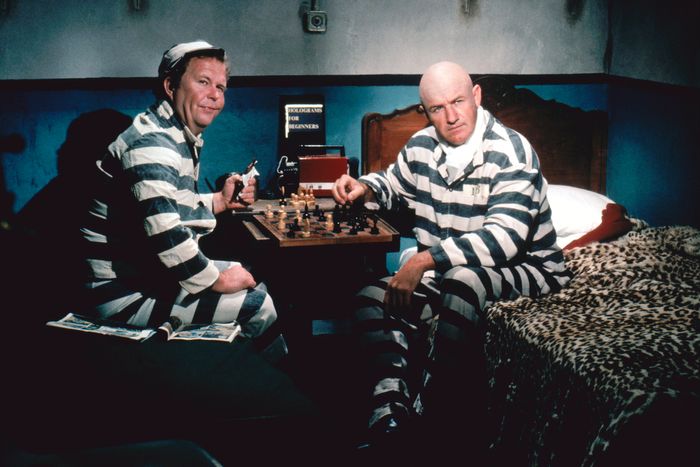
Photo: Warner Bros./Everett Collection
A massive success when it was released in 1980, Superman II is probably known as much for being a sabotaged creative process as it is for being the one where a gloriously costumed Terence Stamp stomps around and barks at people to kneel. Even beyond the sequences you sense were shot by returning director Lester after the initial shoot (75 percent of the film was completed back-to-back with Donner’s first Superman), there’s a shagginess to Superman II that leaves a lot of the adventure feeling limp, not to mention that it’s clearly stitched together with voice doubles and actor replacements because Hackman and Brando had nothing to do with the reshoots. Still, Superman’s first exposure to “Snyder Cut” debacle is an undoubtedly entertaining affair, buoyed by Reeve, Kidder, and Hackman being some of the most naturally charismatic actors to grace a comic-book movie, plus some dated but delicious city-carnage action and a Superman one-liner that perfectly illustrates the appeal of the dreamy and paternalistic superhero onscreen.
5.
Zack Snyder’s Justice League (2021)
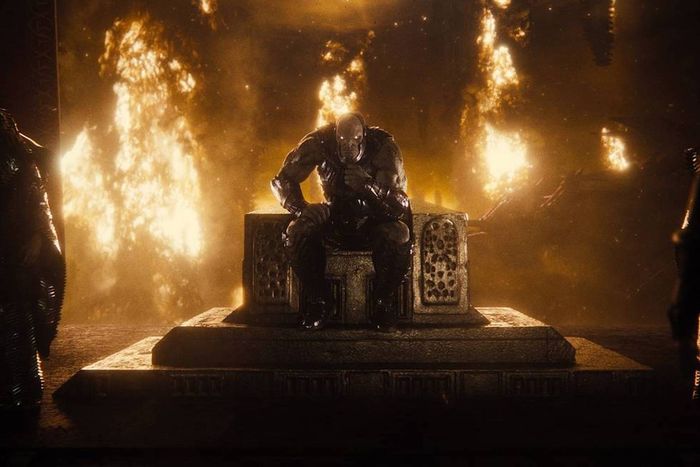
Photo: HBO Max
Despite featuring the least amount of Superman of any of Zack Snyder’s DCEU movies, the Man of Steel is a structured absence in much of the director’s original vision of Justice League. In an expositional sense, his death at the end of Batman v Superman activates three Mother Boxes that attracts the villainous Darkseid’s scorned lieutenant, Steppenwolf, back to Earth. But for each of the members of the yet-to-be-formed Justice League, Superman’s death resonates with the precarity and disunity that’s already all around them. When Superman is resurrected, he makes the most of his limited screen time with a costumeless brawl against his allies and resurrectors, donning a black suit to represent being at peace with his strange place in this universe, and an incredibly nonplussed beatdown of Steppenwolf. It’s more of a highlight reel than the actual full-bodied characterization he receives in the first two films, but there’s nothing wrong with getting just the hits.
4.
Batman v Superman: Dawn of Justice (2016)
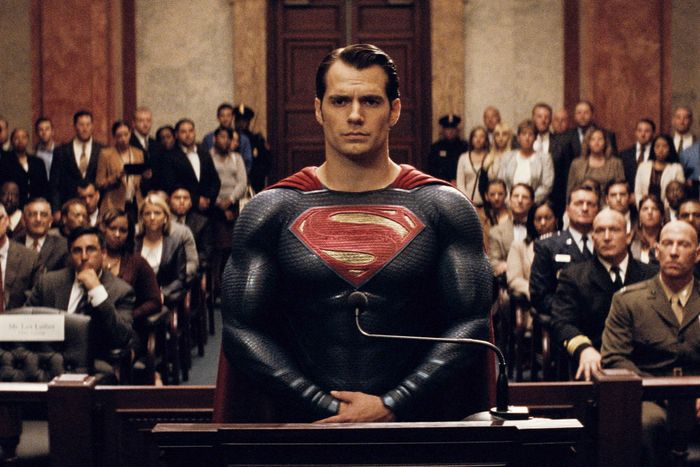
Photo: Warner Bros./Everett Collection
It was eviscerated when it dropped in March 2016, but nearly a decade on from Zack Snyder’s dour, nightmarish take on a world driven to paranoid mania over the arrival of Superman, it stands out as film unique in style and theme in a saturated superhero market. The big comic-book hits of 2016, Deadpool and Captain America: Civil War, have aged much worse than this. After Man of Steel showed a Superman burdened with the legacy of a planet he never knew, Batman v Superman attempts to ground Kal-el as much as possible within ugly, anti-fun real-world contexts. The result is a film that starts with little clear structure but references “War on Terror” absolutism and billionaire anarchism, and Superman’s discomfort with his place on Earth is mirrored by a Batman panicked by the uncertainty of his new world. The Ultimate Edition does a lot to smooth out the confused plotting, but even in the theatrical cut, Batman v Superman feels like a cursed vision of superheroes plagued by fears around self-preservation and cruelty.
3.
Superman II: The Donner Cut (2006)
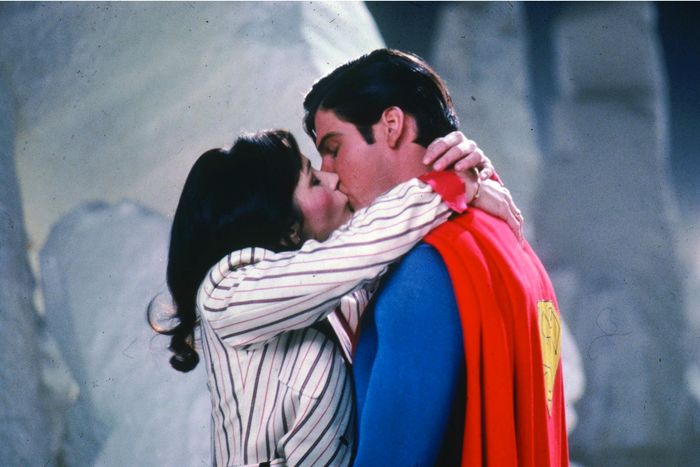
Photo: Warner Bros.
This is the version of Superman II in which Lois Lane shoots her friend and colleague Clark Kent at point-blank range to test if he’s Superman — her second attempt to get Clark to reveal his alter ego after she hurls herself out of the window of the Daily Planet offices at the start of the movie. Donner’s version of the film was rebuilt by editor Michael Thau — well, as close to his vision as he could get with the footage shot — and was approved by Donner himself, releasing the same year as Superman Returns. The fact that The Donner Cut was released only on home video helps smooth over its unpolished effects and occasional stitched-together vibes. Thankfully, the film’s improved economy and pulse outweighs the fact that it’s a less refined visual spectacle than the theatrical cut.
2.
Man of Steel (2013)
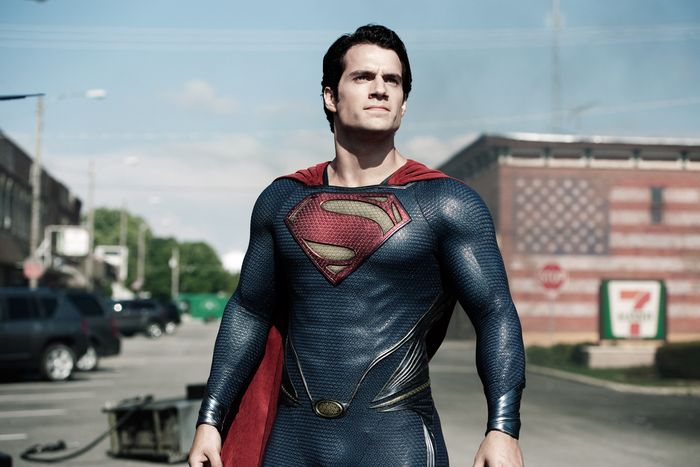
Photo: Clay Enos/Warner Bros./Everett Collection
Man of Steel is the most visually and sensorially exciting take on Superman in his strange and fascinating screen history, despite — or perhaps because of — its commitment to revising the hero’s cinematic past. Snyder’s origin story introduces Kal-el and Krypton’s most fascist generals (led by Michael Shannon’s explosive General Zod) as the only survivors of their advanced world’s self-immolation. Kal-el must figure out who he is (Man of Steel brushes off the clean divisions of Superman’s tri-dentity, painting the character as someone in a fluid state of discovery) with only the memory of his alien and human fathers (Russell Crowe and Kevin Costner) to guide him toward the realization that Krypton is not noble, that its future lies not in terraforming less dominant worlds but with Superman protecting another species. Man of Steel is such a profoundly anti-IP superhero film, with a distinct visual palette and a strict thematic focus on the seismic impact of one single superhero, that it’s maybe no surprise that the DCEU would later crash and burn. On its own terms, it’s a massive and moving affair.
1.
Superman (1978)
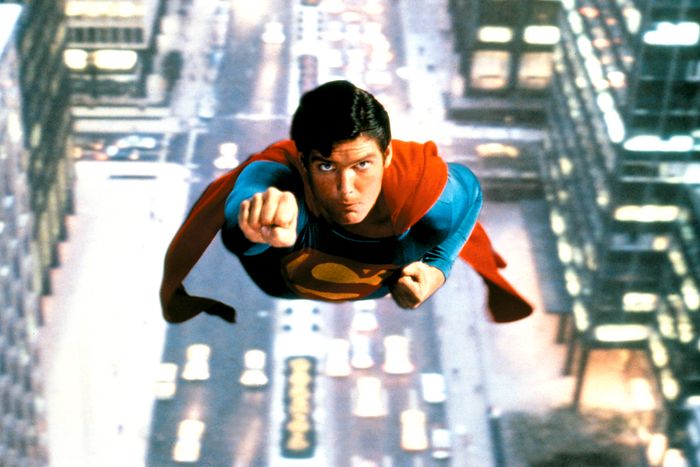
Photo: Everett Collection
Forget the movie serials, forget the cartoons, forget the Batman ’66 film – Richard Donner’s Superman was the most groundbreaking step forward for the superheroes on the big screen. Epic and classic in tone, the film meshes a fantasy backstory, screwball relationships, and contemporary disaster-movie spectacle for a film that feels like a bright-eyed antidote to the dourest and dirtiest ’70s films. Donner’s film clips through the journey of Kal-el to Clark Kent to Superman with precision and charm, and once Christopher Reeve enters the film as the farcically bumbling Daily Planet reporter and reveals his insanely handsome and caped alter ego (Lois Lane, get it together!), you realize you’re in safe hands. Credit goes to Margot Kidder and Gene Hackman for giving their characters a modern verve and charisma. Their Lois Lane and Lex Luthor are distinguished with sensitive, human imperfections that make the bold comic-book characters feel rich and lively.
Click here to preview your posts with PRO themes ››


